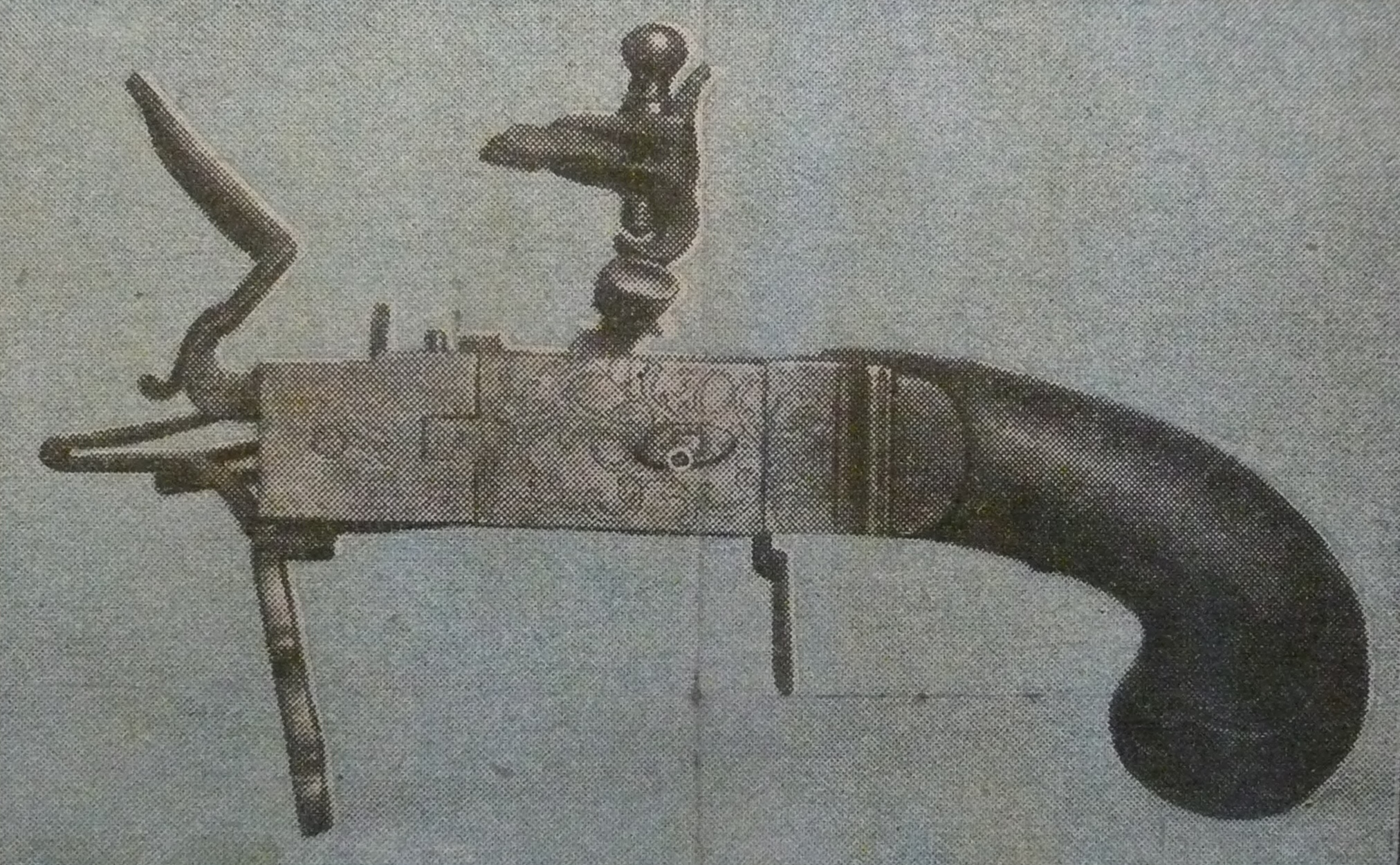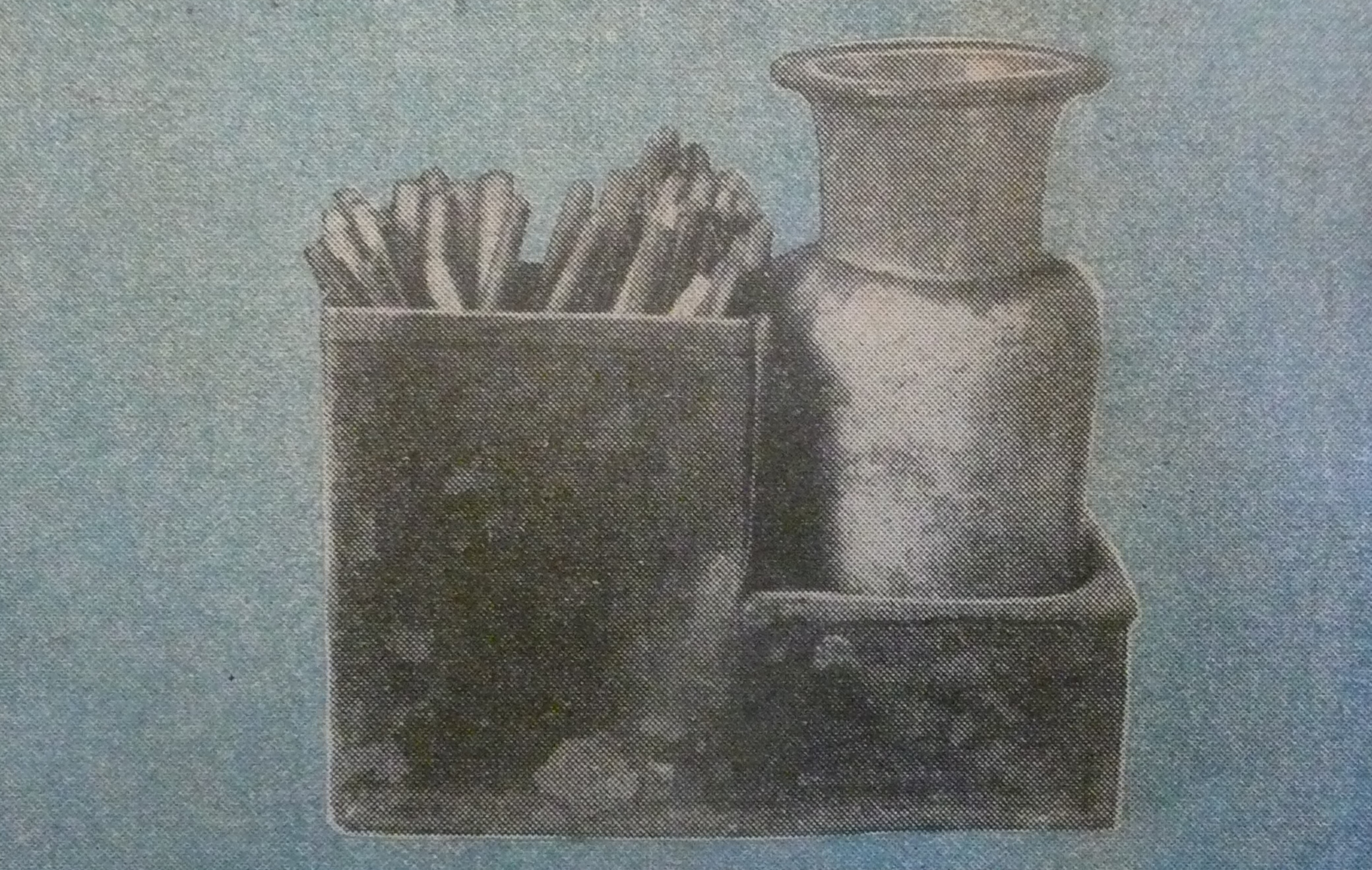Before the friction sulfur match
Tinder Boxes has been widely used for the manufacture of fire
throughout Europe for hundreds of years .
A tinder box consists of a piece of flint and a fire steel,
which was striked against each other.
This was generating sparks that were captured in tinder and when
the spark caught fire and there was a glow forth, they could
ignite a wax taper, as the first matches, was called.
Tinder
box was stored in a bag in the belt.
There was both portable and stationary lighters .
In connection with the research for the book about the Danish
matchstick industry , we found in the year
1801 a number of people who made sulfur sticks.
Immediately we did not believe our own eyes, but these matches,
has of course been the "light carriers", just bringing a flame
from one place to another. .
The phosphorous tinder box
first appeared in 1780, and was a small bottle containing
phosphorus, which one of those old-fashioned matches, worked up
the bottle and rubbed against the plug, making it caught fire
and lit the sulfur afterwords.
Later - in 1805 - it got competition, as the Frenchman Chancel
invented the so-called " dip stick " .
To turn this stick on, you had to dip the stick into a small
bottle with asbestos moistened with sulfuric acid.
When the sticks were introduced into the bottle and pressed it
against the asbestos this would ignite the sulfured stick.



Tinder box
(often used by
ladies),
where the tap
with flint struck against
steel and ignite
a piece of tinder
placed at the end of
"gun".
The
first phosphorous
matches, with
sulfur in
both ends and which
could be ignited
at any
rough surface
Container
with matches that are
dipped in the liquid
in the container to
the right, creating an
explosive ignition of
the cold.